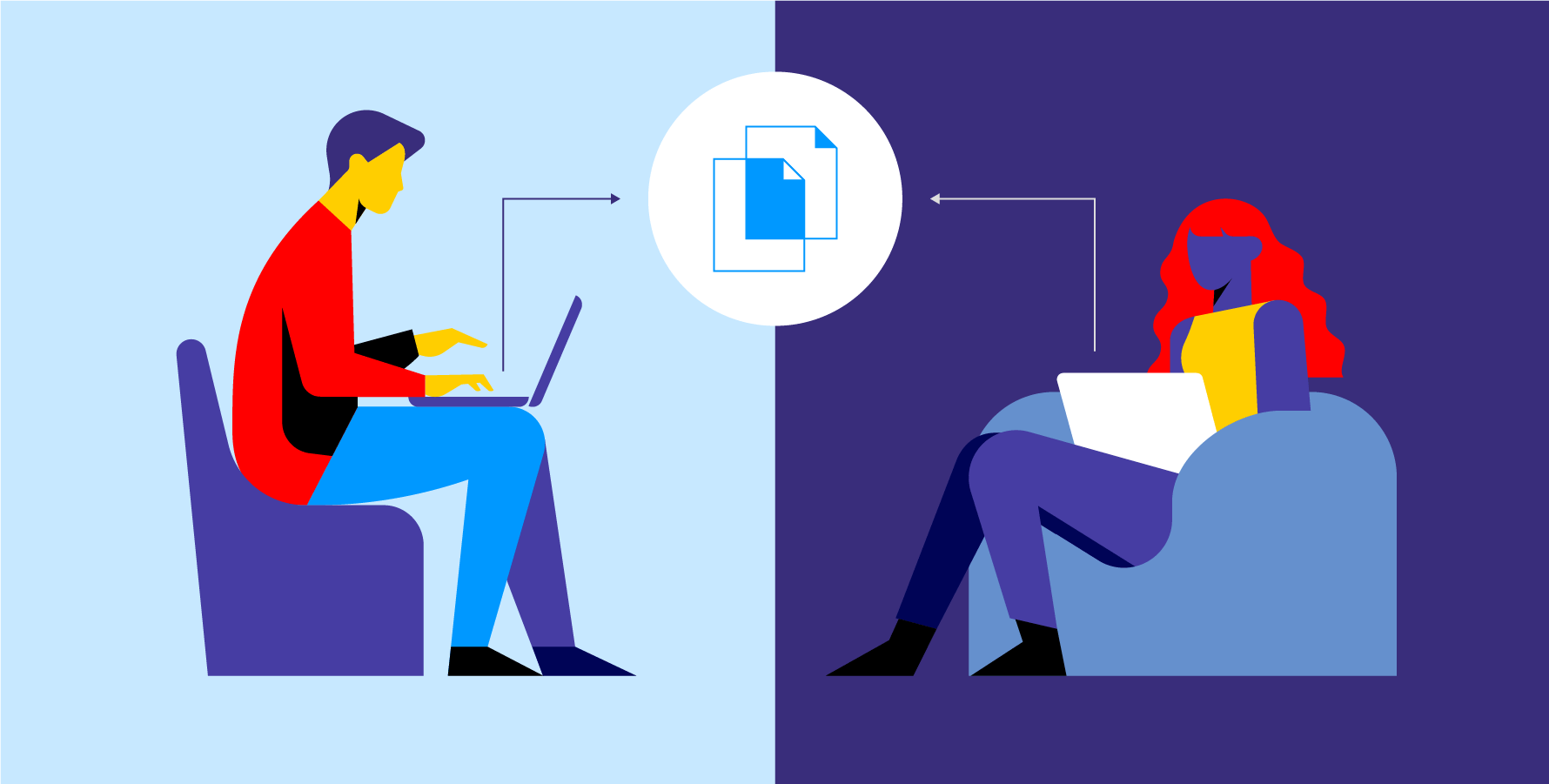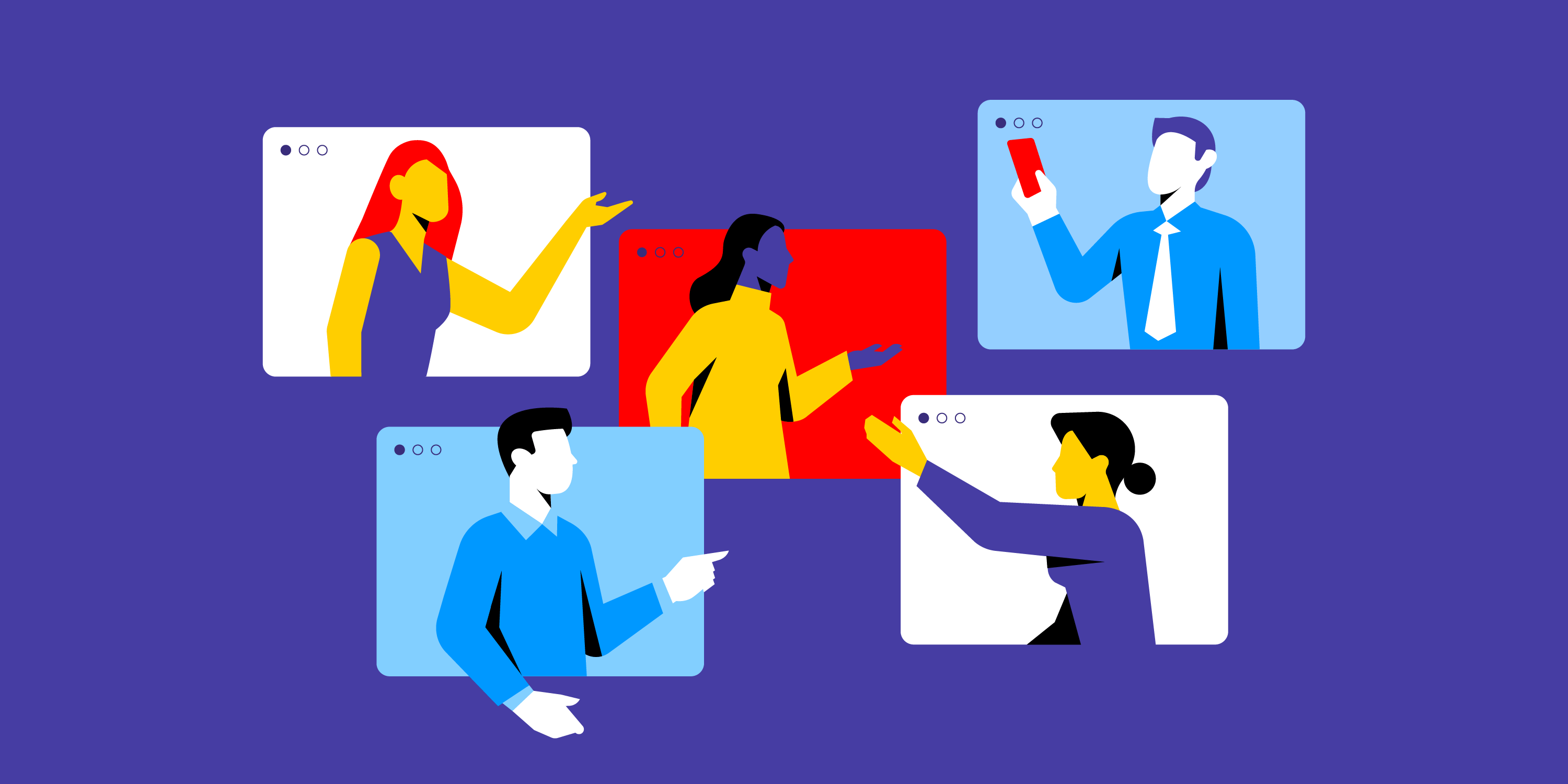How The Digital Workplace Affects Hiring And Retention

Jennifer Roland Cadiente focuses on HR, technology, and education. She has written for enterprise journals, including Samsung Business.
Company culture includes multiple layers of workplace habits and rules, and the tools employees use make up a large part of that. And that is where having a well thought out approach to an organization’s digital workplace can be helpful in hiring employees that fit and keeping them engaged in their day-to-day work.
As the workplace evolves with new technologies, and the "future of work" is always a pressing topic, most hiring managers know that culture can be critical in retaining great employees. And with the price tag of hiring a new employee estimated at more than $4,000, not to mention the average of 52 days a job can remain unfilled, retention appears even more important.
What Are The Benefits Of A Digital Workplace?
In a well-designed and developed digital workplace, employees are able to effectively do the work that needs human touch — what they were actually hired to do — says Kristine Dery, Research Scientist at the MIT Center for Information Systems Research.
Digital tools with great user experience can “pull threads together to connect people,” Dery says, allowing them to feel connected and engaged with one another, even if the workers are spread across time zones, locations, roles, and even employment status. A solid digital workplace is as effective for integrating independent contractors, remote workers and full-time onsite employees with the right business applications and tools.
Defining A Modern Digital Workplace
Devices, Software, And Channels
When you boil it down to the basics, the digital workplace is “the devices, software, and channels that employees use to get their work done,” according to Dion Hinchcliffe, Vice President and Principal Analyst at Constellation Research. Every company has a digital workplace, Hinchcliffe continues, but most were created by accident rather than design. And when the core elements don’t streamline well and aren't integrated, employees can get frustrated. To work well, a modern digital workplace requires not just tools, but also a mindset shift at the C-level.
Heather Younger, author of The 7 Intuitive Laws of Employee Loyalty and founder and CEO of employee engagement consulting firm Customer Fanatix, dives deeper into the tools that make an effective digital workplace.
Typically, employees may already be using Slack and email to communicate as well as specialized digital technology, social media tools, and hardware to do their jobs. Younger also thinks companies should integrate more video to help foster employee communication. It can not only help put a face to a name, especially for remote and freelance workers, but it can also help employees see the body language and nonverbal cues that are missing in text-based communication. Video can ensure that even employees spread around the world get that feeling that they’re part of something bigger than themselves.

Break Down Traditional Workday Barriers
Another key element is the breaking down of barriers of the traditional workday. Effective collaboration tools allow employees to respond real-time to emergencies in their off-hours, on their laptops or mobile devices without always needing to run into the office.
This can minimize the impact on their downtime, although it is important to have solid rules to ensure that work doesn’t constantly bleed into their leisure time. Allowing employees to select days they are available for after-hours emergencies, flex time, and other mitigating factors can help prevent overwork and burnout.
These tools can also increase the opportunities for flexible work options outside of emergency situations, which according to Deloitte’s 2020 Work Flexibility Study, is highly attractive to recruits and current employees. One third of the respondents in Deloitte’s study said flexible work options would improve satisfaction and morale.
How Is The Digital Transformation Affecting Today's Workplace?
Transformation of the digital workplace can take many forms, based on the needs of the organization and how well developed their digital workplace already is.
For example, if a company has banned personal devices, says Hinchcliffe, they may consider removing or relaxing that ban. Employees are probably already using their personal devices without permission, so bringing that usage into the open can help employees feel better as well as give the company input into the security of those devices. Hinchcliffe calls this shadow IT, and he says many CIOs are beginning to see the importance of accepting the reality and encouraging it to come out into the open.
It is critical to ensure that tools integrate well. If offices and digital workplaces can’t easily share information, for example, employees may end up duplicating work or taking longer to see a problem in day-to-day operations. Additionally, they can feel frustrated when they try to find resources other offices have gathered or see that they’re wasting time trying to create a solution to a problem that another office has already solved.
Streamline an employee’s day-to-day work
Another important way to transform the digital workplace is to ask employees where the speed bumps are in their day-to-day work and how they think those speed bumps could be removed. This could be at a fundamental level, he says, such as hearing that employees struggle to log in or keep up with the Byzantine password creation rules.
Or it could be at a higher level, for example, that the customer-facing software doesn’t integrate with the back-end tools employees use to serve them. Surveys are a time-tested tool to get this information, but companies may consider small focus group–style meetings or message boards to gather more feedback and more specifics than may be assessed through a survey.
Beyond surveys, a company may set up an employee innovation program that lets employees work together a certain amount of time to try to solve business processes and improve the customer experience in new, more efficient ways. Not only will this lead to improvements over time, it will also help employees stay excited about their work as they experiment and work together in new ways.
If a company has a mature digital workplace, says Dery, they may be hiring an employee experience officer to ensure that tools are working for employees and that integration of the tools is meaningful and helpful. These companies are dedicated to treating employees as a source of value, she says, and attracting and retaining the most skilled and most dedicated employees is a C-level focus.
The most important question to ask, says Dery, is “What is the employee experience that supports achieving our goals as a company?” Once a company can answer that, the path to transformation should be more clear, and resources can be allocated appropriately. Of course, she points out, there is no cookie cutter approach — if your goal is X, the solution, may be Y, Z, A+C, or some other combination of tools. As leaders focus more on the digital workplace’s effect on employee engagement, they will need to understand how to work in a more evidence-based approach to human resources and to seek more modern metrics to track.
Hiring can also solely be a digital enterprise, with more remote hiring options and remote tools available. With a solid set of collaboration tools and a "digital-first" mindset, it's easier to embrace a fully distributed team.

Why is it important to keep improving the digital workplace?
Employee retention and engagement are important reasons to improve the digital workplace, but so is customer service.
Employees who aren’t able to quickly serve customers or help them find what they need can be highly damaging to a company’s reputation with their customer base. These employee frustrations can also be felt by customers, leading to a feeling of unease after interacting with employees, whether in-person, over the phone, or on chat.
In a customer-facing business, frustrated employees can lead to negative online reviews on social networks. Word of mouth is highly critical in the B2B world, as well, though that may be spread more through personal interactions than online forums.
Additionally, as the workforce gets younger, they will expect digital tools to work. Generation Z is forcing business leaders to consider the issue of highly effective digital workplaces, says Hinchcliffe. “They are our most digitally savvy generation,” he says, “and they’re not motivated as much by pay, but by the quality and the type of the work they’re doing and the experience they’re given.” Manpower estimates that Gen Z is 24% of our workforce as of 2020, and that is a sizable constituency to serve.
How Does The Digital Workplace Affect Recruiting?
Although it’s likely not the main reason a company will be attractive to the right candidates, a digital workplace is a really important part of recruitment, says Dery. “It can’t be a layer of icing that sits on top and looks pretty,” she continues, it must actually be effective at making employees jobs better.
Younger sees the same thing in her work with companies trying to improve engagement. Digital tools are important, but they are only a piece of the puzzle in a successful work environment. If an employee’s other experiences aren’t good,” she says, an ineffective digital landscape is just one more thing that will prevent them from being engaged. “But it can be the cherry on top of a good experience.”
One way to showcase your company’s digital approach is to use authentic experiences as part of the recruitment process. Hackathons are an example of this type of hiring. It does help showcase the hard skills required by a position, but it also spotlights how a recruit works and whether they will be a good fit for the company culture.
Allowing them to use the tools current employees use to connect and to perform tasks will give them a sense of whether they will fit, too, and it is better to have prospective employees who don’t feel comfortable in the environment they’ll be working in remove themselves from consideration.
Conclusion: Make Your Digital Workplace Strategy A Reality Before Pitching It To Recruits
Of course, this type of recruiting assumes that the digital workplace the company has set up is effective and usable by many of the target population. A system that doesn’t work for anyone will make recruiting more challenging and lower your business value, so consider how well current employees use the system before designing real-world tests for recruits.
Even the most compelling marketing pitches during recruitment will fall flat if they don’t reflect reality. And, as Hinchcliffe points out, there are independent proof points recruits can (and will) check, such as Glassdoor. They’ll get real feedback from real employees, and if a company’s tools aren’t up to the task, there will be no keeping it secret. The most frustrating thing, he says, is to “hire really talented people, give them antiquated tools, and tell them to go change the world.”

Jennifer Roland Cadiente focuses on HR, technology, and education. She has written for enterprise journals, including Samsung Business.






